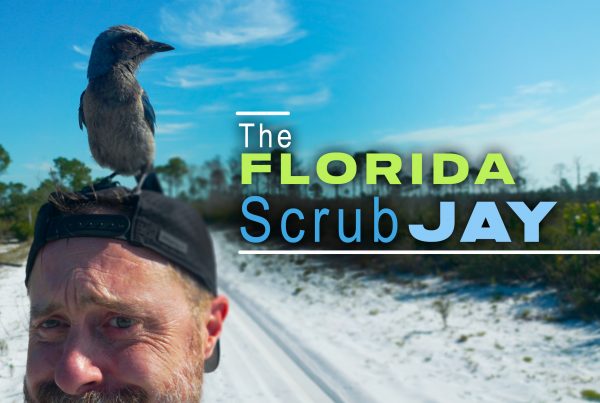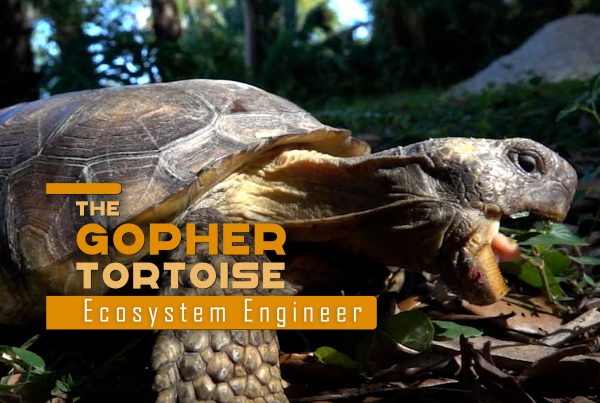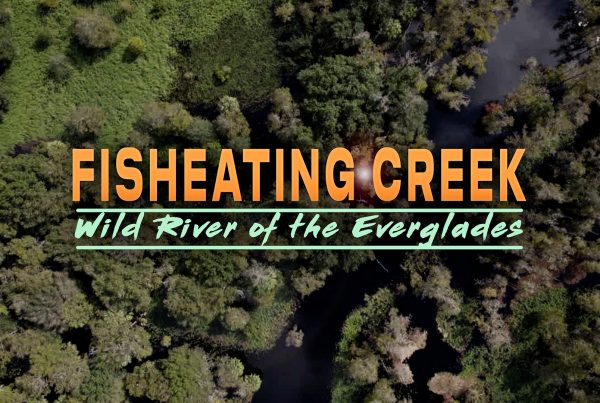Life’s great when two different species partner up!
In a mutualism, both organisms benefit from the relationship. Think of it this way: you and a buddy both want to buy a bunch of fireworks to launch on the 4th of July. A box of 100 bottle rockets costs 20 bucks, but if you buy 2 boxes, they throw in an extra one for free. Sounds like a no-brainer to me. By partnering up and pooling your resources, you and your buddy now each have 150 bottle rockets for the price of one box. Win-win!
Can you think of another human scenario that more-or-less illustrates the concept of mutualism?
Here in nature, plants and animals interact with each other all the time, and it can be a lot more complicated than one thing eating another. These relationships between species can be examples of what we call symbiosis. Symbiosis is defined as any type of a close, long-term biological interaction between two different organisms. These interactions can be mutualistic, commensalistic, or parasitic. Today, we’re going to explore the world of mutualism.
In mutualism two organisms are in a relationship that benefits both of the members. Basically, you have a win-win situation. A classic example of this is the relationship between plants, and pollinators. Pollinators, like bees and butterflies, fly from flower to flower, feasting on nectar. In the meantime, the pollinia that sticks to their bodies, transfers from one flower to the next. The pollinated flowers are now able to develop into fruits. The insects get food, the plants get pollinated. Like I said, win-win.
In Central America the bullhorn acacia tree has large thorns that are hollow. A species of ant from the genus Pseudomyrmex has taken up residence within the thorns, boring holes near the top of each thorn and raising broods of young inside. These acacia ants provide a valuable service by chasing away herbivores that would eat the leaves of the acacia, such as this leafcutter ant which has fallen from a tree higher up. The acacia ants attack the leafcutter until it drops off.
This service of pest elimination is so valuable that not only does the tree provide its thorns as little apartments, but it also produces tiny packets of ant food called beltian bodies. You help me, I help you. That’s mutualism.
In South Florida the corky stem passion vine is protected by a nasty little ant about one twentieth of an inch long called wasmannia – the little fire ant. The ants are attracted to the plant which not only provides nectar in its flowers but from small nectaries on the stems of the vine as well. These little pots are filled with a nutritious liquid for the ants.
The zebra longwing is one of three species of butterflies that lay their eggs exclusively on passion vines. The larvae, from the time they hatch, feed voraciously on the plant. Here’s where Wasmannia comes in. In some cases, Wasmannia munches into the tiny butterfly eggs, killing them in the process. At other times the ants merely check on the eggs as if they have other plans later on. Savagely, the ants stab into the tender larvae just as they are hatching and inject venom into them. The ants get food. The plant gets protection from herbivores. That’s mutualism.
We find mutualism, as well, under the sea. The polyps of corals have green algal cells called zooxanthelle living within their tissues. The algal cells provide sugars which they make through photosynthesis – something the polyps can’t do. The polyps, in turn, provide a protected place to live. An animal and a plant benefitting each other in a close relationship.
You might say mutualism is like any good human relationship. When we get along, and help each other out, life is good.
The planet is full of interesting examples of symbiotic relationships. If you thought mutualism was fascinating, you’ll have to check our videos on parasitism and commensalism.




